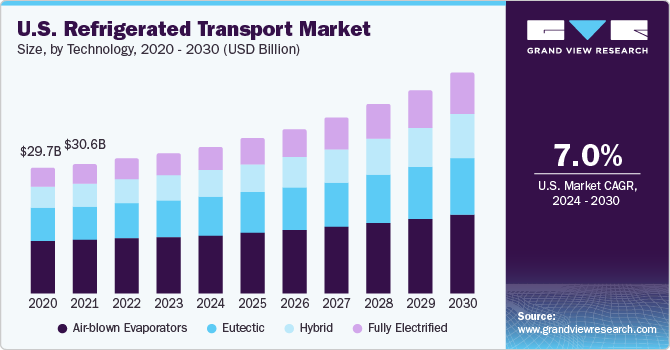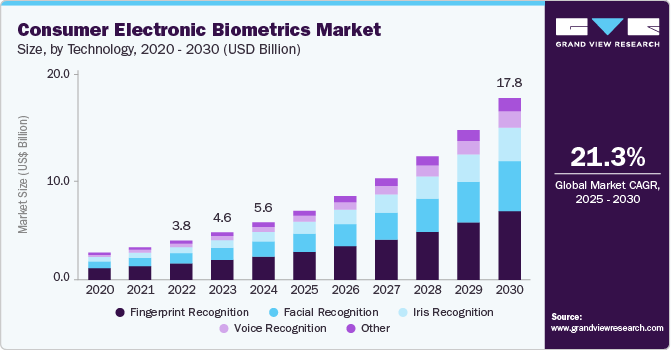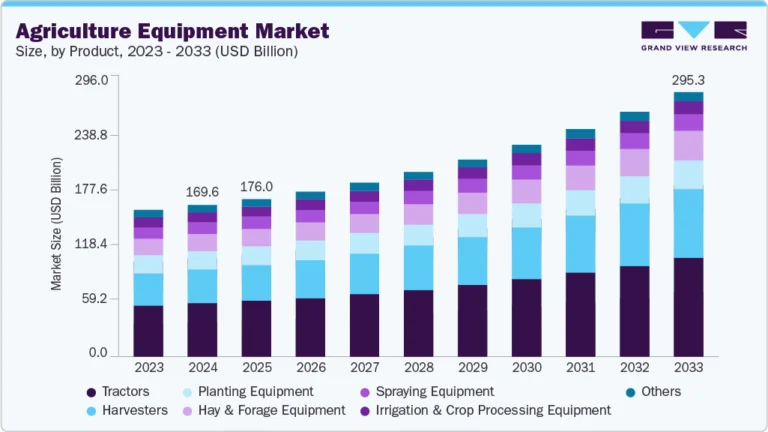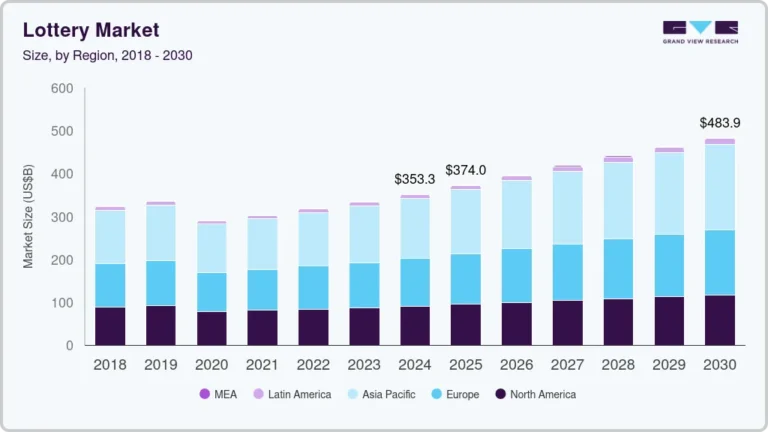Micro-mobility Market Size, Share & Trends Analysis growing at a CAGR of 14.5% from 2025 to 2030

The global micro-mobility market size was estimated at USD 40.6 billion in 2024 and is projected to reach USD 91.2 billion by 2030, growing at a CAGR of 14.5% from 2025 to 2030. Micro-mobility is an evolving field of transportation that includes travel undertaken using a range of light vehicles such as electric kick scooters, electric skateboards, and electric bicycles.
Key Market Trends & Insights
- Asia Pacific micro-mobility market held the largest share of 46.2% in 2024.
- China micro-mobility market held the largest regional market share.
- Based on vehicle type, the electric bicycles segment held the largest revenue share of 88.8% in 2024.
- Based on battery, the sealed lead acid segment held the largest revenue share of the micro-mobility industry in 2024.
- Based on voltage, the below 24V voltage segment accounted for the largest revenue share in 2024.
Market Size & Forecast
- 2024 Market Size: USD 40.6 Billion
- 2030 Projected Market Size: USD 91.2 Billion
- CAGR (2025-2030): 14.5%
- Asia Pacific: Largest market in 2024
- North America: Fastest growing market
Request a free sample copy or view report summary: https://www.grandviewresearch.com/industry-analysis/micro-mobility-market-report/request/rs1
Factors such as increasing road congestion, rising oil & gas prices, ease of parking, and saturation within the automotive sector are expected to drive the growth of the micro-mobility industry during the forecast period. Furthermore, factors such as the growing electric bicycles and electric kick scooter renting and sharing services globally are expected to create new opportunities for micro-mobility in the coming years.
Innovations in Lithium technology have boosted the properties of the batteries, including longer-lasting batteries, faster-charging, and lightweight batteries. These batteries have significantly enhanced the performance and affordability of micro-mobility vehicles, particularly e-scooters and e-bikes. These advancements help improve user experience and operational efficiency, driving the micro-mobility industry. In addition, government initiatives and regulations supporting sustainable transportation, such as subsidies, infrastructure development, and stricter emissions standards, are fostering the adoption of these solutions. Providing favorable environments for businesses and consumers contributes to the growing demand for eco-friendly, convenient, and cost-effective urban mobility options.
Vehicle Type Insights
The electric bicycles segment held the largest revenue share of 88.8% in 2024, fueled by their versatility, comfort, and long-range capabilities compared to other micro-mobility options. E-bikes are ideal for both short commutes and long trips and allow riders to tackle varied terrains easily. Their eco-friendliness, backed by advancements in battery technology, makes electric bicycles a popular choice for urban and suburban transportation. Besides, e-bikes promote healthier, faster, and more efficient commuting, attracting consumers seeking an alternative to traditional vehicles or public transport.
The electric kick scooters segment is anticipated to emerge as the fastest-growing segment, with a CAGR of 11.6% over the forecast period. The high growth is attributed to the growing demand for convenient, sustainable transportation in urban areas. Their compact design, speed, and affordability make them ideal for short commutes, while advancements in battery technology provide extended range and improved efficiency. The rising investments in dedicated infrastructure, such as scooter lanes and charging stations, and increasing shared scooter services are expected to drive segment adoption. This trend positions electric kick scooters as a leading solution for tackling urban mobility challenges.






